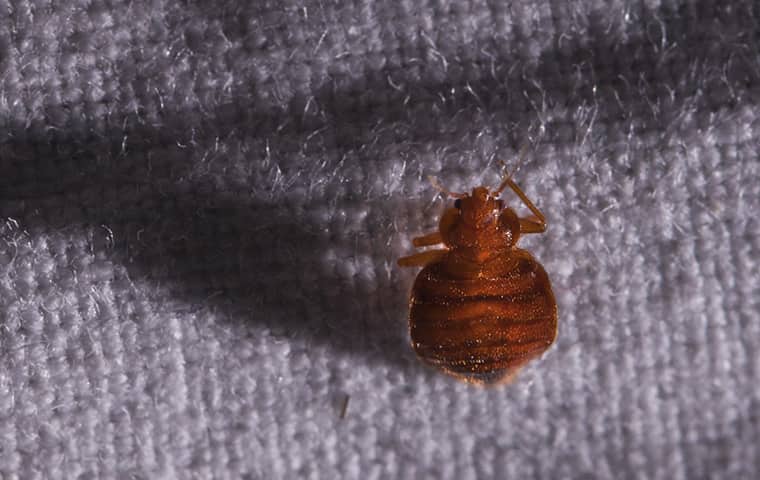
Image above: Jamestown colonists endured a severe winter in 1607-1608. Their villages were built in areas with easy access to fresh water. One of Powhatan's sons described the area around Jamestown as "waste ground" because the Powhatan Indians knew it was difficult to find fresh water there. Both Powhatan and his daughter Pocahontas became important to the Jamestown settlers. Wahunsenacawh, or better known to history as Powhatan, was the paramount chief of a powerful chiefdom of Virginia Indians who lived throughout the coastal plain of present-day Virginia, where the Englishmen had chosen to build their new settlement. On first impression, however, the area appeared to be exactly what the settlers needed to build their new fort. Wave action would eventually turn the peninsula into an island. Some contemporary studies indicate that the shoreline was eroding rapidly even during the time of the English colonization, at rates as high as five to six feet (1.52 to 1.83 meters) each year. Jamestown Island was originally a peninsula during the time of the early settlers, but the waters around it were, and remain, restless, eating away the land. The sea level, however, was about 3 feet (0.91 meter) lower than now, exposing more land. In 1607, Jamestown's tidal wetlands looked much like the tidal wetlands of today. Walnut, beech, oak and hickory trees covered the low-lying land.

The forests were filled mostly by hardwood trees.

About 40 miles (64.4 kilometers) upriver from the Chesapeake Bay, the area was also easily accessible for overseas trade. The Jamestown site was a peninsula, connected to the mainland by a narrow isthmus and protected on three sides by the James River, Back River and Sandy Bay.ĭirected by the Virginia Company to find "the true, most wholesome and fertile place" to settle, the Jamestown site was defensible with a deep harbor close to shore. Credit: National Park Service, Colonial National Historical Park.įor almost five months, these men had traveled from England, sent by the Virginia Company of London. Image above: James Fort construction, May-June 1607. Once the Susan Constant, the Godspeed and the Discovery docked, 104 weary colonists trudged from their cramped quarters onto swampy marshland.

That was a fact unknown to the English voyagers who landed on the shoreline of what would become known as Jamestown. Based on recent discoveries at Jamestown, anthropologists believe native peoples began to use Jamestown Island's natural resources over 10,000 years ago. The area has remained continuously populated since that time, but native peoples were the earliest to arrive. On May 13, 2007, Jamestown marks its 400th anniversary as the site of the first permanent English settlement in North America.


 0 kommentar(er)
0 kommentar(er)
